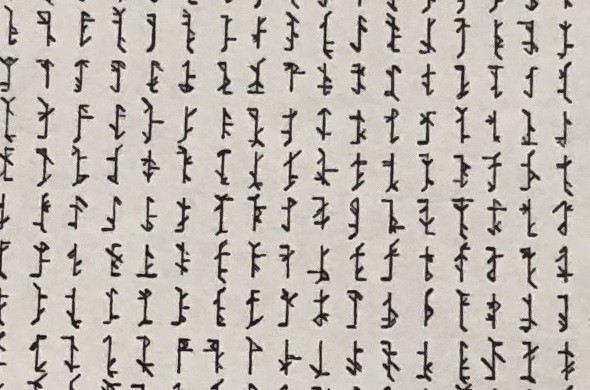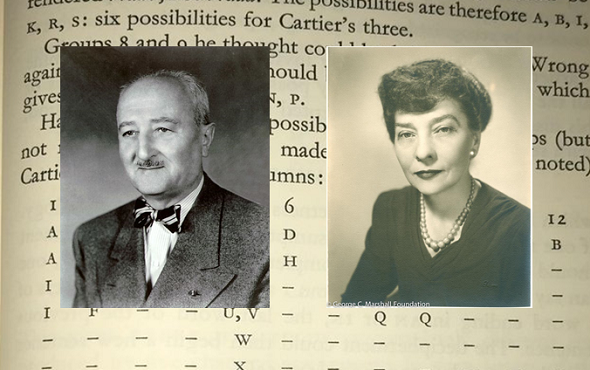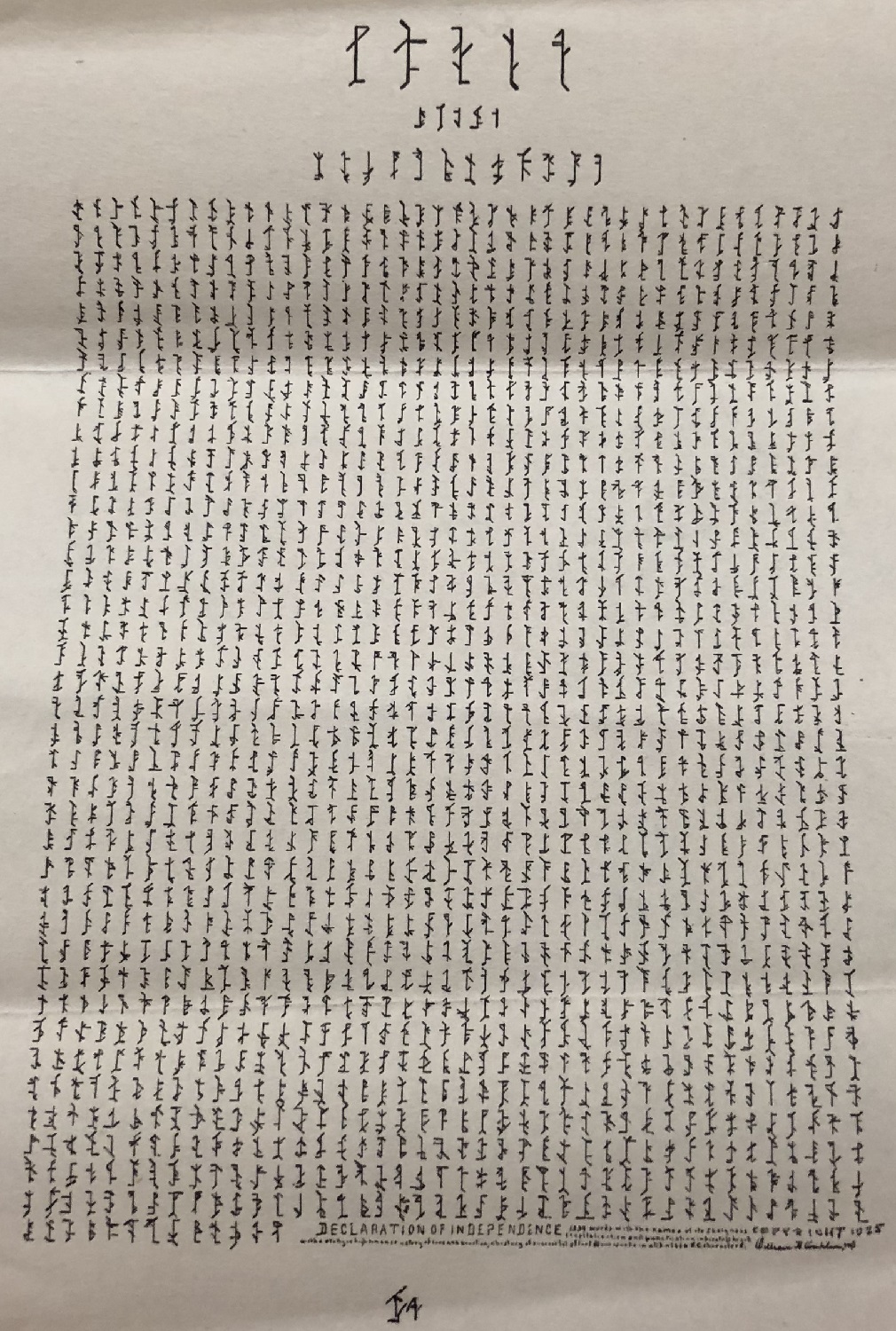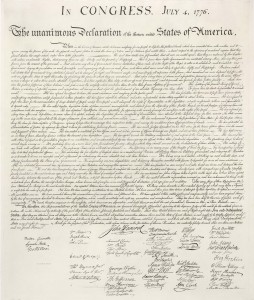In the New York Public Library, I found a cryptogram from 1925. The cleartext could be the Declaration of Independence. I wonder who created this document and why.
The Riverbanks Laboratories in Geneva, Illinois, played an important role in crypto history. George Fabyan, a wealthy business man, purchased the Riverbanks estate in 1908 and established a private research facility there. He hired a number of scientists to do research in different fields, including acoustics and genetics.
William and Elizebeth Friedman
As a supporter of the so-called Baconian theory, which states that Shakespeare’s plays were actually written by Francis Bacon, Fabyan also founded a research group that studied alleged codes in Shakespeare’s works. This group was led by Elizabeth Wells Gallup, who was considered a leading Shakespeare code expert. In fact, while working at the Riverbanks Labs, Wells Gallup proved quite successful in finding alleged code messages in Shakespeare’s plays.
Among Wells Gallup’s assistents were two young scientists named William Friedman and Elizabeth Smith. The two married in 1917.
The Friedman’s soon realized that the Shakespeare codes found at the Riverbanks Labs only existed in the imagination of Wells Gallup. At least, the work in the Shakespeare group got William and Elizebeth involved in cryptology. Both soon became skilled codebreakers and cryptology pioneers with their remarkable careers spanning over several decades. If you want to know more about the world’s most famous crypto couple, you should read Jason Fagone’s book The Woman who Smashed Codes.
Much of the crypto-related material created at the Riverbanks Labs is now available in the New York Public Library. Last week, I had the chance to go there and look at it. The New York Public Library keeps the Riverbanks documents in some two dozen boxes, three of which I could inspect during my stay. The first two proved extremely boring, containing thousands of pages hand-written by Elizabeth Wells Gallup. Ms Well-Gallup apparently was even more productive in finding non-existent hidden messages in Shakespeare’s works than I thought.
The third box was a lot more interesting. It contained books, newspaper clippings, letters and other documents about cryptography. This material was collected by the Friedman’s or written by themselves during their Riverbanks years. Establishing this collection represented the Friedman’s first step in entering the world of cryptology.
Declaration of Independence encrypted?
One of the paper clippings I found in the Riverbanks files is the page from the Detective Stories Magazine I introduced in one of my last blog posts. Here’s another sheet that made it to the Friedman’s collection:
Apparently, this is an encrypted text. The library file doesn’t contain any additional information about it. At least, there is a kind of imprint in the last line:
The document is signed by a certain William H. Vosiklin (?) and dated 1925. As it seems, the encrypted text is the US Declaration of Independence.
Now, I ask myself why anybody would create such a cryptogram. Perhaps, this Mr. Vosiklin wanted to demonstrate a cipher he had invented. Did he really believe that the strange alphabet he used was of any value? As the cleartext is revealed, I don’t think that this cryptogram was meant as a challenge.
If a reader can find out more about the background of this cryptogram, please let me know.
Follow @KlausSchmeh
Further reading: A few unsolved cipher mysteries from Reddit
Linkedin: https://www.linkedin.com/groups/13501820
Facebook: https://www.facebook.com/groups/763282653806483/







Kommentare (15)